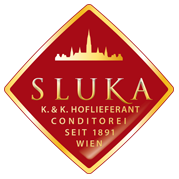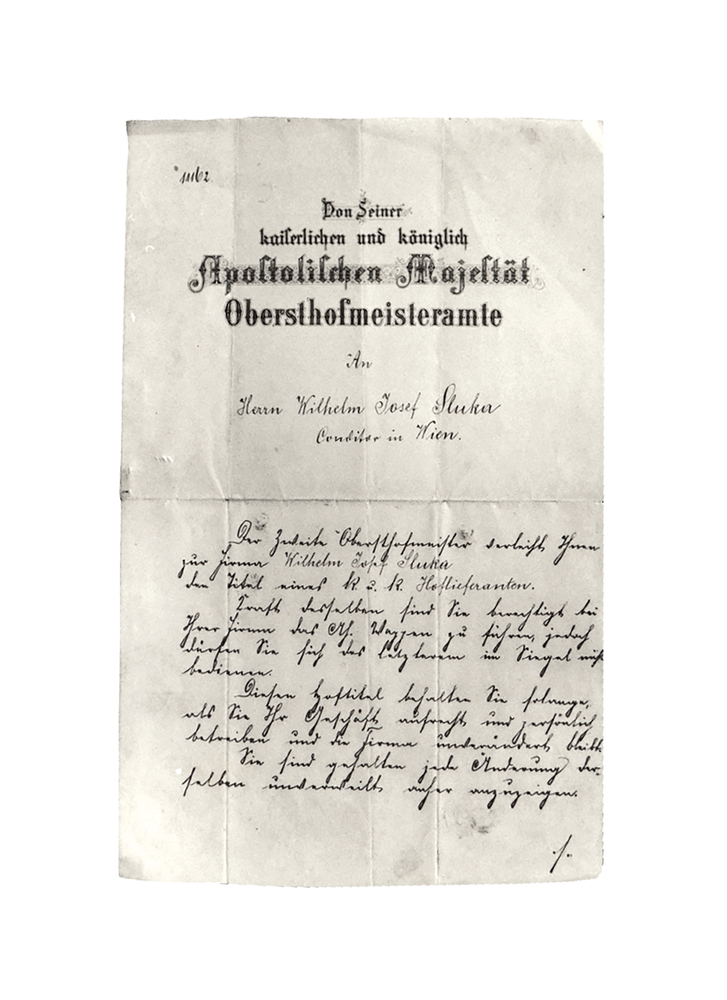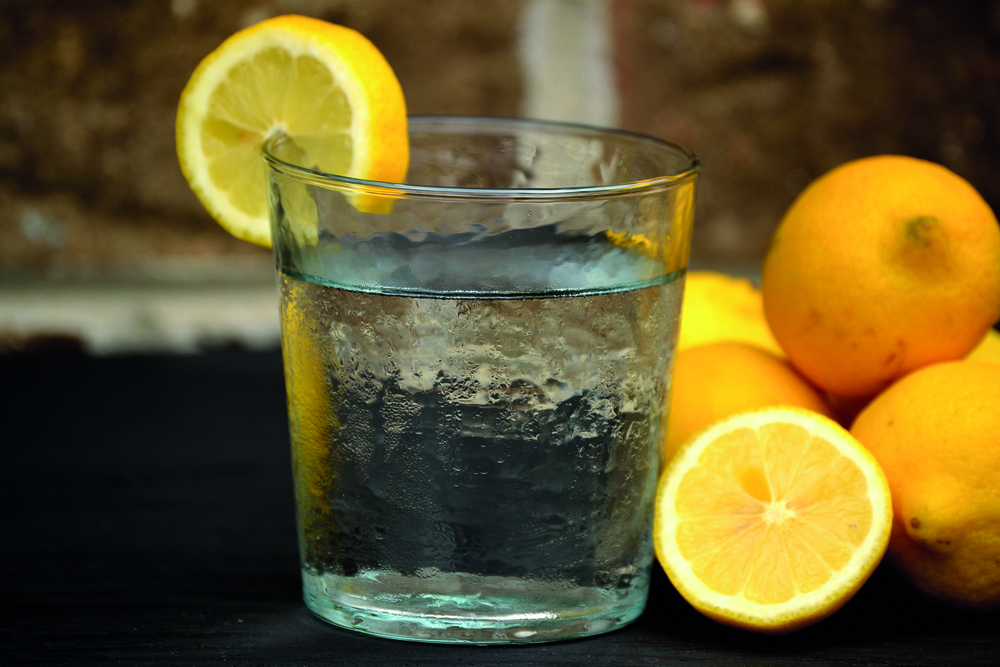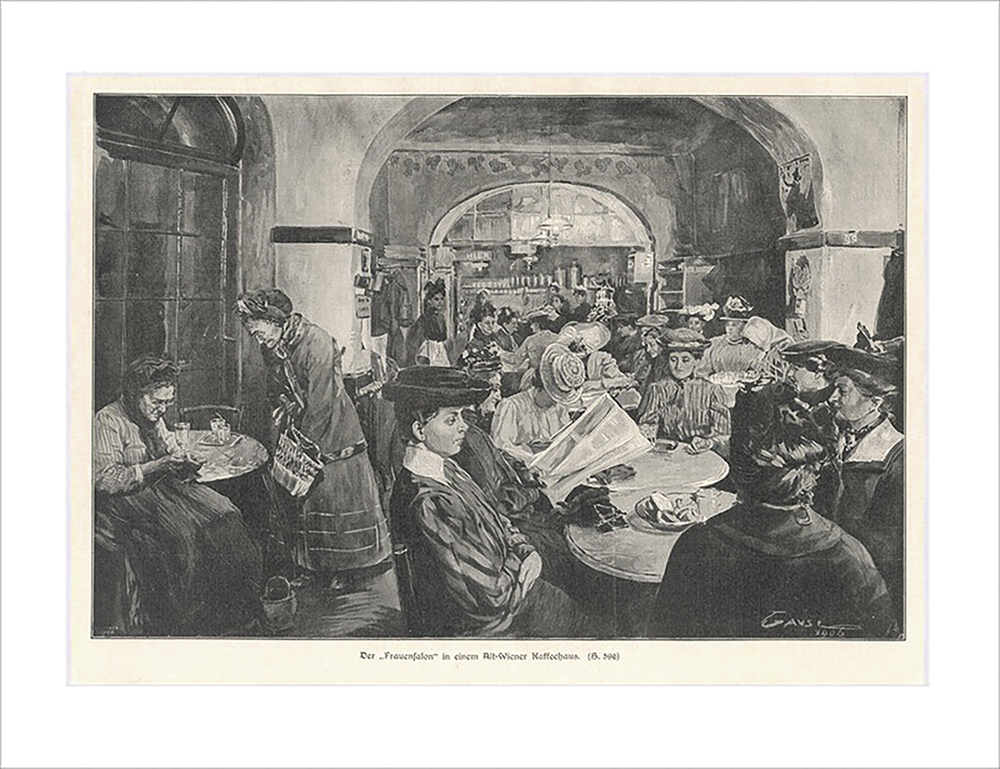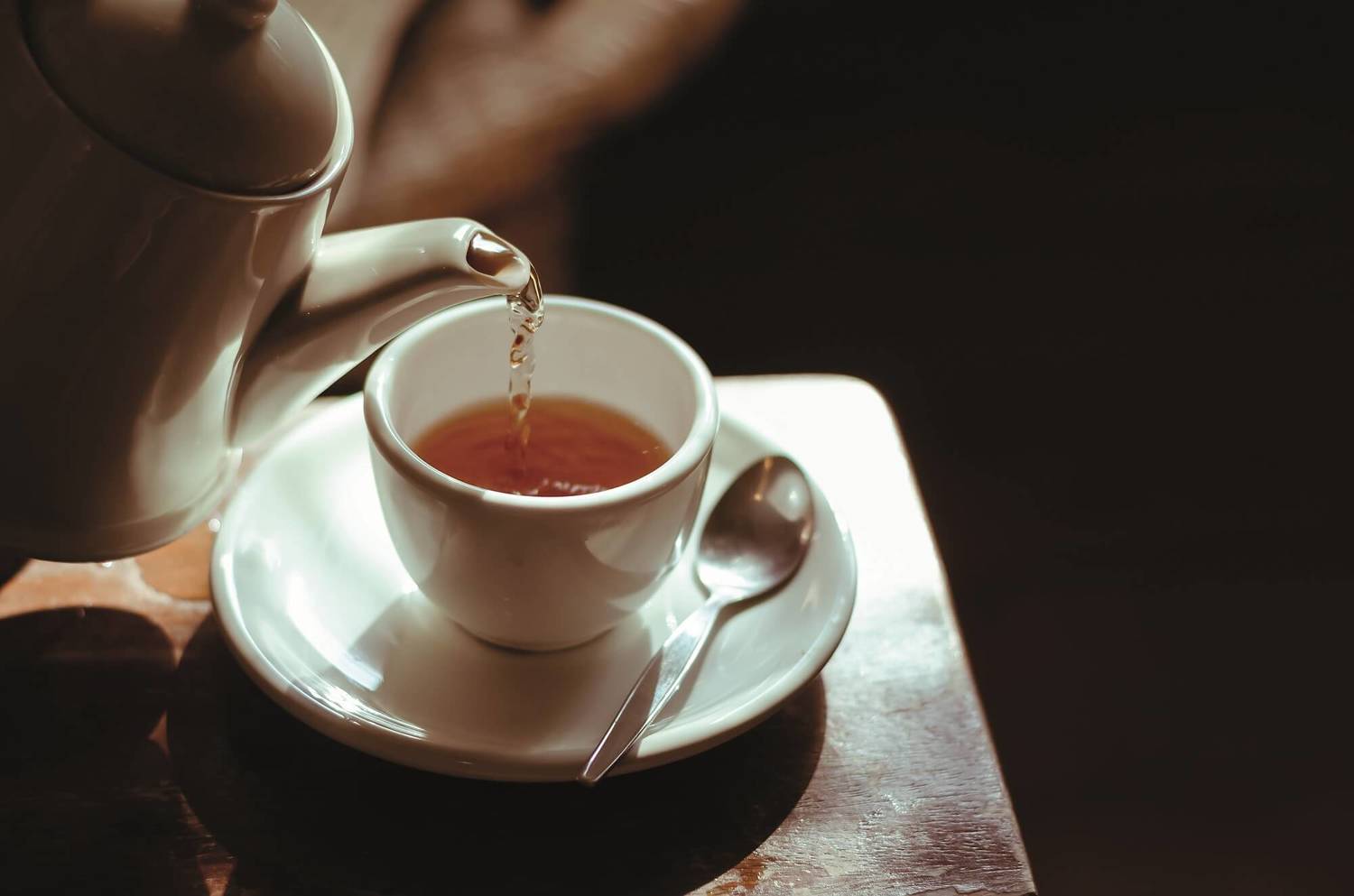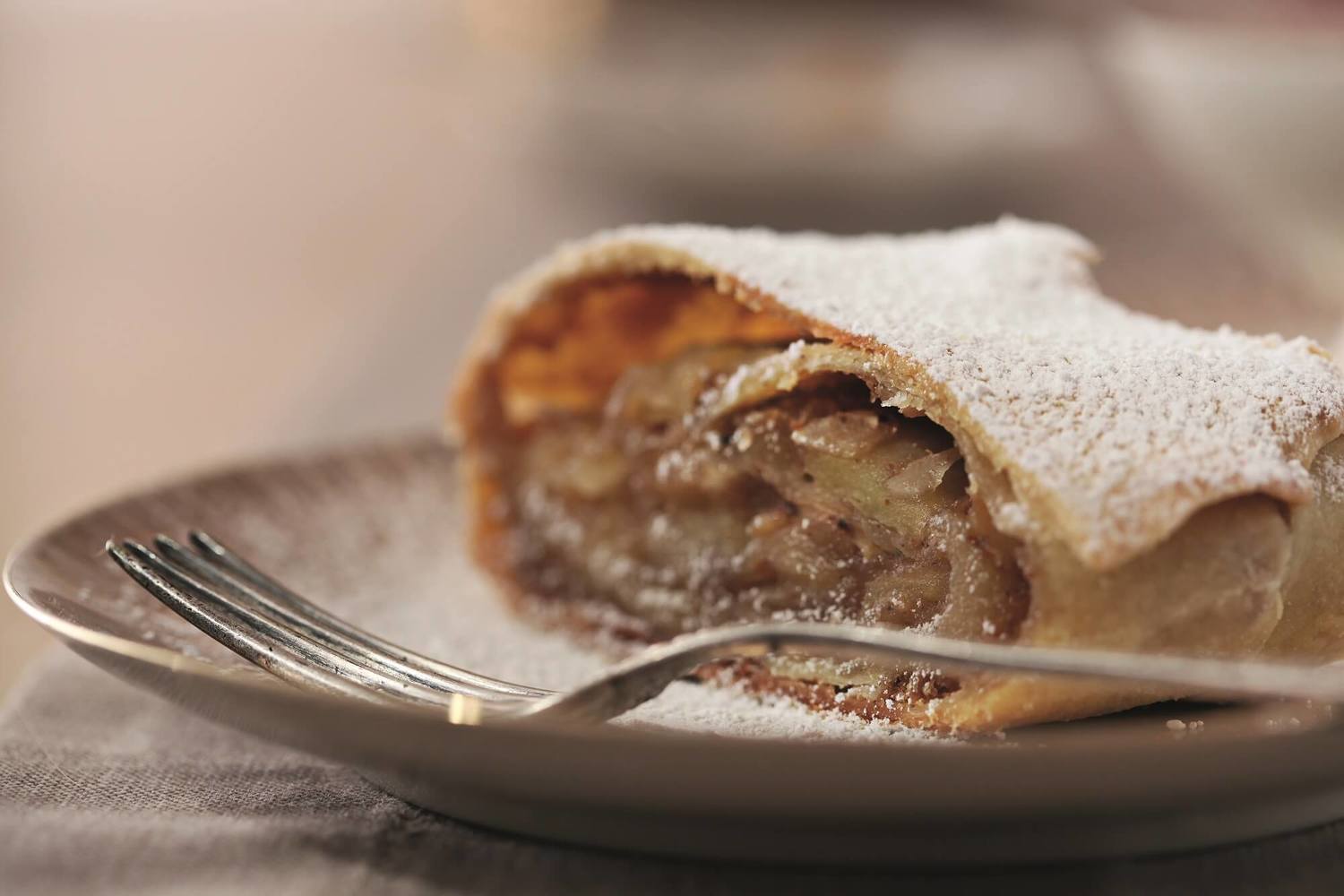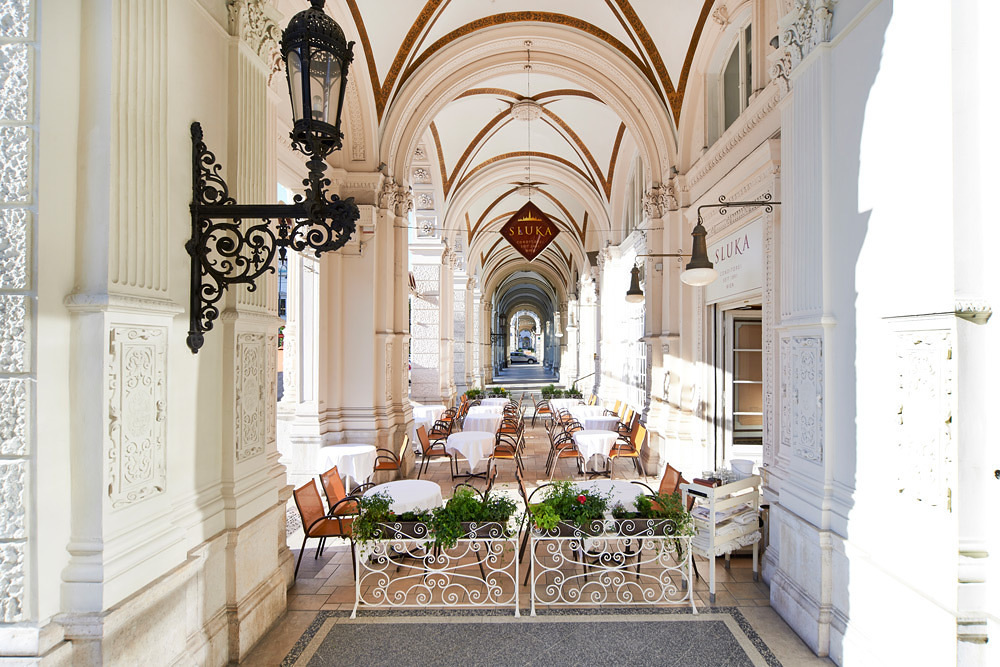The traditional Viennese coffee house culture
Here are some interesting anecdotes and facts about the coffee house culture during the Imperial & Royal era in Vienna.
The legend lives on
The history of the Viennese coffee house is closely connected with the end of Turkish occupation. It is said that Georg Franz Kolschitzky disguised himself as a Turk in order to break through the enemy lines and deliver a message to Charles V, Duke of Lorraine. He was generously rewarded by the Duke with a plot of building land, a licence to trade and spoils of war which included some sacks of mysterious beans. So it was that he founded Vienna's first coffee house in 1683, in the heart of Vienna, close to St Stephen's Cathedral. So the legend goes.
Traditional coffee houses become concert venues
In 1788, to the delight of the Viennese, Martin Diegand opened Vienna's first concert café.
Both Mozart and Beethoven enjoyed making music at the concert cafés. In the middle of the 19th century, concerts would sometimes begin at 6 o’clock in the morning. Johann Strauss the Elder and Joseph Lanner were so popular that there was usually not an empty seat in the house. They were feted like pop stars at their performances all over Europe.
